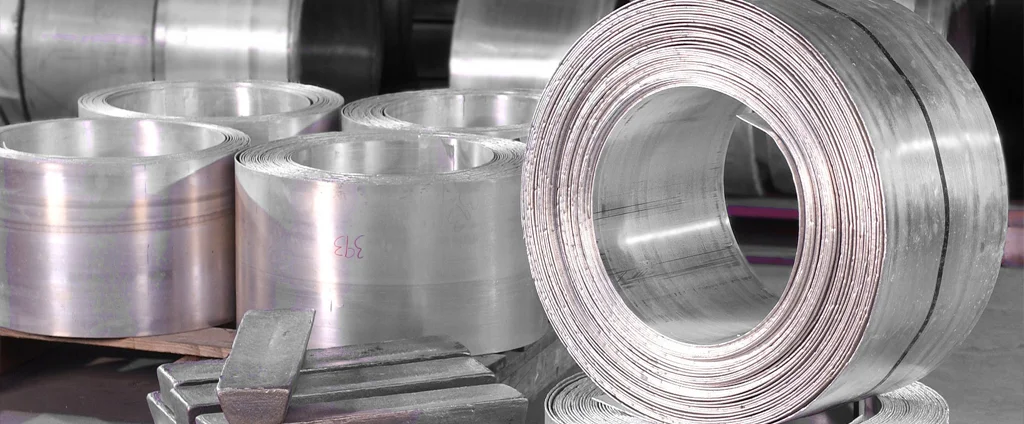Magnesium AS41XB-F (UNS M10412)

AS41XB-F is a die-cast magnesium alloy distinguished by its strong tensile strength, yield strength, and good elongation. Renowned for its outstanding resistance to saltwater corrosion, it is widely utilized in industries requiring durable, lightweight materials with reliable mechanical and thermal properties.
| Chemical Composition | ||
|---|---|---|
| Element | Min | Max |
| Magnesium | —— | Remainder |
| Aluminum | 3.5% | 5.0% |
| Copper | —— | 0.02% |
| Iron | —— | 0.0035% |
| Manganese | 0.35% | —— |
| Nickel | —— | 0.002% |
| Silicon | 0.5% | 1.5% |
| Zinc | —— | 0.12% |
The following table provides a list of magnesium AS41XB-F properties in both SI and US customary/Imperial units.
Click on the button to switch between Metric and Imperial units.
| Physical Properties | Metric |
|---|---|
| Density | 1770 kg/m3 |
| Mechanical Properties | Metric |
| Tensile Strength (Ultimate) | 220 MPa |
| Tensile Strength (Yield) | 150 MPa |
| Young’s Modulus (E) | 45 GPa |
| Shear Modulus (G) | 17 GPa |
| Elongation at Break in 50 mm | 4% |
| Poisson’s Ratio (ν) | 0.35 |
| Thermal Properties | Metric |
| Melting Point | 565 - 620 °C |
| Solidus | 565 °C |
| Liquidus | 620 °C |
| Thermal Conductivity | 68 W/m·K |
| Specific Heat Capacity (Cp) | 1000 J/kg·K |
| Coefficient of Thermal Expansion (αL) | 26.1 1/°C |
| Heat of Fusion | 370 J/g |
The values in this table are approximate and can vary depending on various factors such as the specific manufacturing process and heat treatment applied to the alloy.
Advantages & Disadvantages of Magnesium AS41XB-F
| Advantages | Disadvantages |
|---|---|
| Good strength | High cost |
| Excellent saltwater corrosion resistance | Low melting point |
| Superior creep resistance | High density |
| Limited availability |
Applications of Magnesium AS41XB-F
Due to its favorable mechanical and corrosion resistance characteristics, magnesium AS41XB-F is widely used across multiple industries, including:
- Automotive structural die casting parts: used to manufacture components such as engine blocks, transmission housings, and suspension elements.
- Marine applications: utilized for fabricating hulls, decks, and fittings.
- Aerospace applications: employed in parts like landing gear, airframes, and engine components.
- Electrical components: made into connectors, housings, and heat sinks.
- Medical devices: applied in implants, surgical instruments, and various medical equipment.
- Sporting goods: used for bicycles, golf clubs, and tennis rackets.
- Consumer electronics: incorporated into laptops, tablets, and smartphones.
